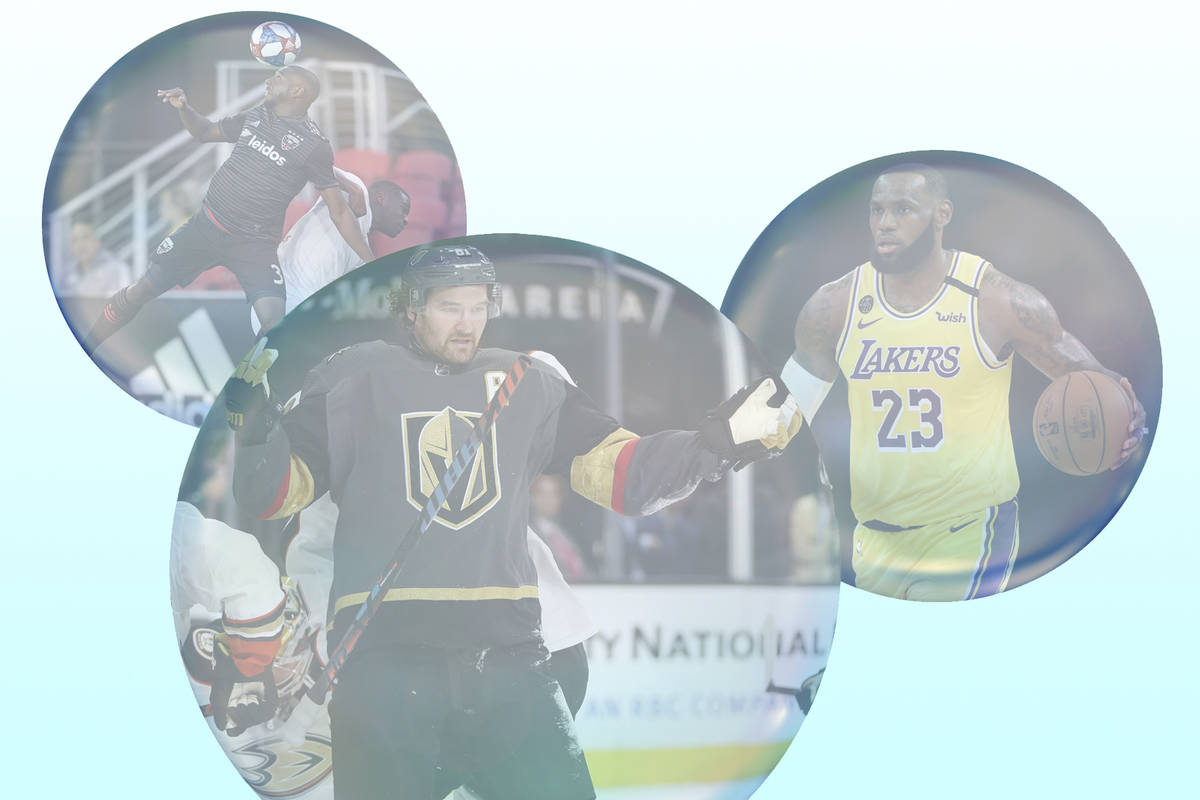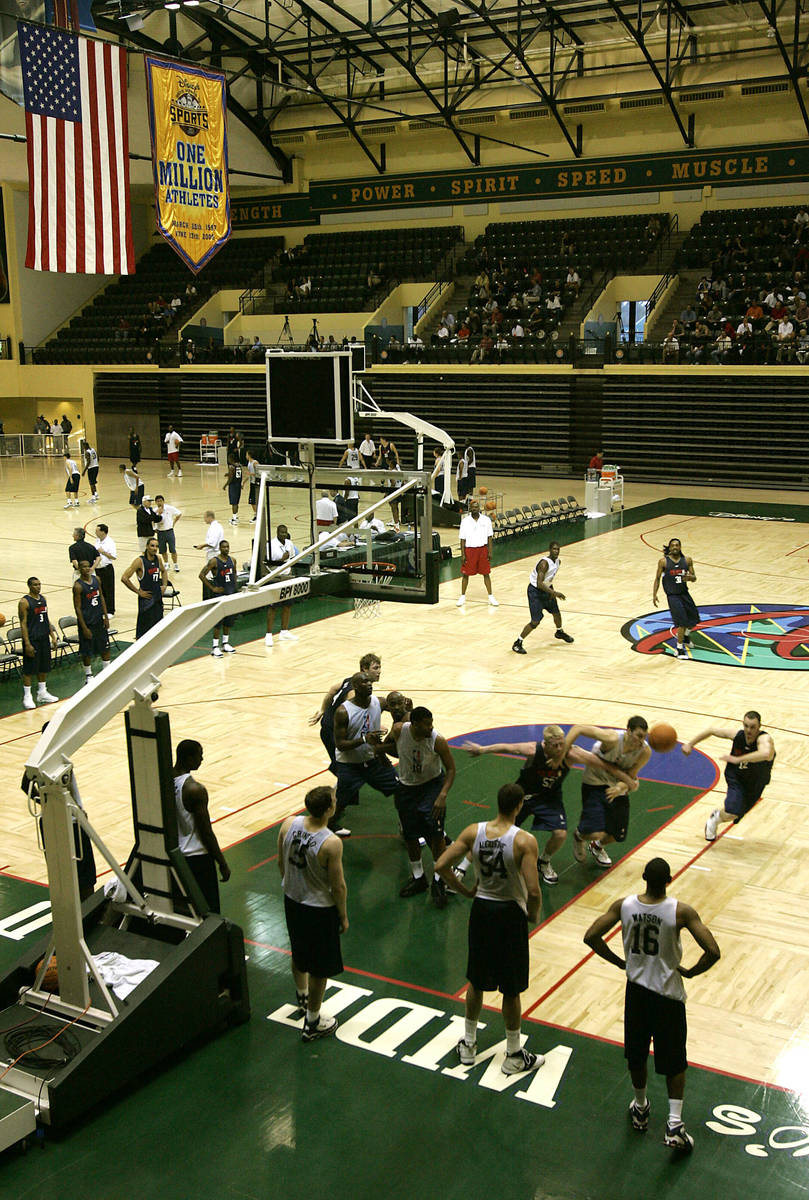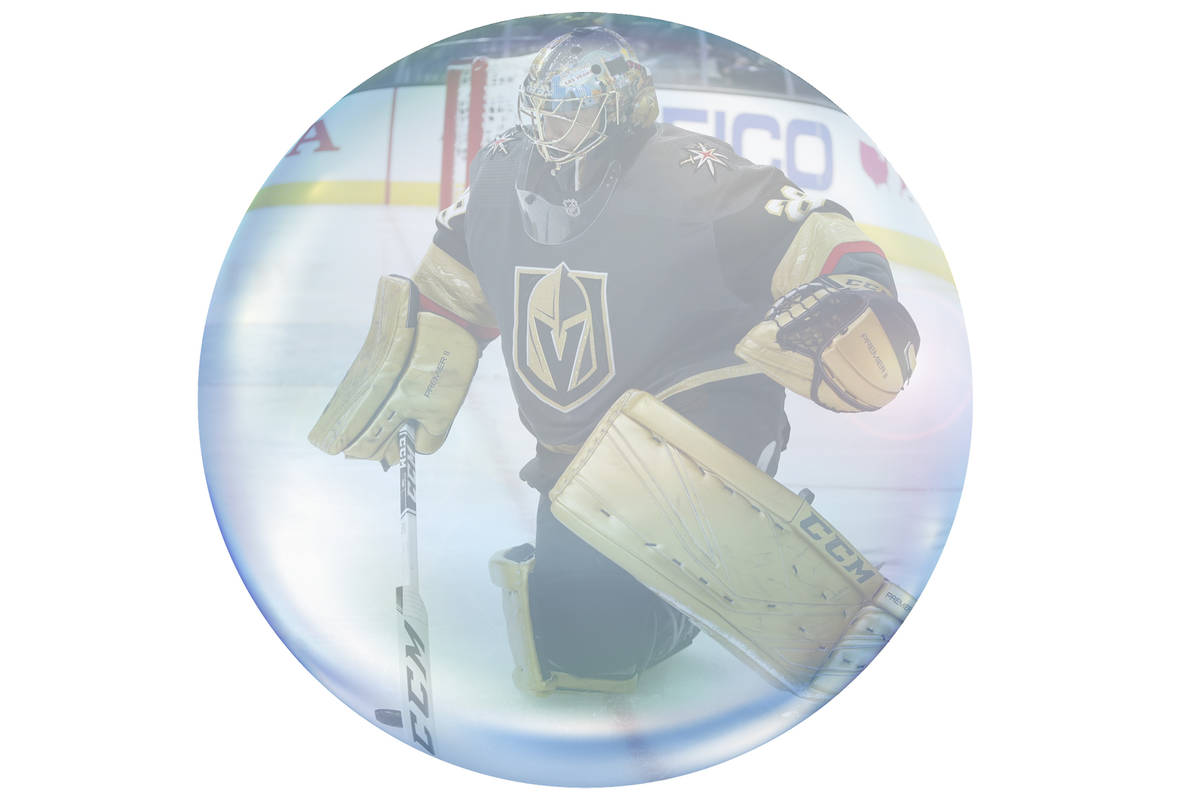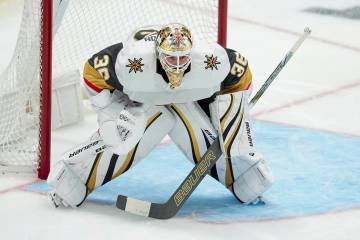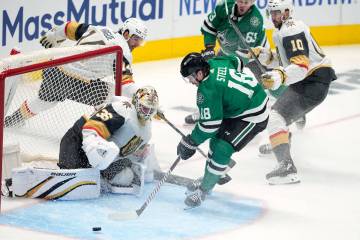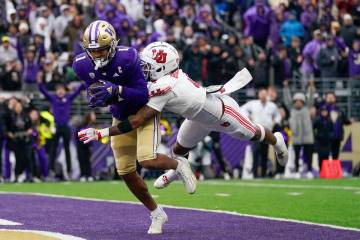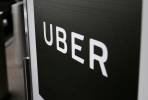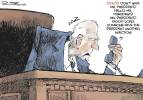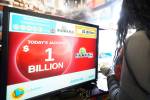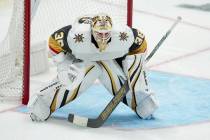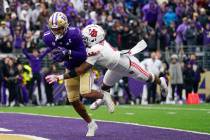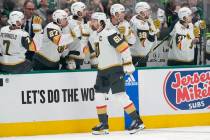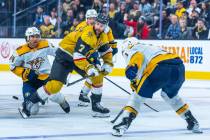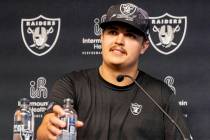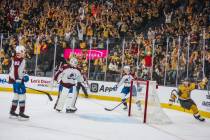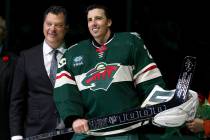COVID-19 has forever changed sports and how fans relate
One of history’s first sporting events came by way of Greek mythology and involved King Oenomaus. He had a dream that he would be killed by any son-in-law who married his daughter Hippodamia.
So the king defeated 18 such suitors in a chariot race, killed them all and affixed their heads to wooden columns at the palace.
Thankfully, sports have evolved somewhat since then.
They will again when COVID-19 is brought under control. It’s just not clear what that will resemble.
It’s true. Fans will one day gather like always, at least those who pass temperature checks. 
Crises have never totally stopped folks from coming together to watch their favorite athletes and teams, be it through wars or terrorist attacks or lethal chariot races.
But creating a sports homecoming is going to take a while this time.
This was Dr. Anthony Fauci, the country’s top infectious disease expert:
“There’s a way of (playing professional sports). Nobody comes to the stadium. Put (teams) in big hotels, wherever you want to play. Keep them very well surveilled. But have them tested like every week and make sure they don’t wind up infecting each other or their family, and just let them play the season out.”
That was early April. Even then, he saw bubbles forming.
Let games begin
Return to play has or is about to commence throughout sports, a popular formula being to follow Fauci’s prophetic suggestion and assemble teams in manipulated spaces so as to ensure health and safety.
There are no guarantees such seclusion will protect those inside from testing positive for coronavirus and possibly infecting others. In fact, there is little to no chance it will.
The goal, then, is to avoid a massive chain reaction.
The NBA and WNBA and Major League Soccer made the curious decisions to construct their bubbles in Florida, where the number of positive tests are shattering records and, as one headline read, the state is “heading a million miles an hour in the wrong direction” concerning COVID-19.
Six players from one MLS team tested positive upon arriving in Orlando just a week before the resumption of the season. That number was later increased to nine players and one coach.
The NBA, which intends on resuming play July 30, has announced 25 positive results for players and 10 for staff members since testing began June 23. Some teams have shut down their practice facilities due to positive tests.
Baseball has begun a shortened training camp at the home ballparks of teams as 31 players and seven staff members tested positive following one round of testing. 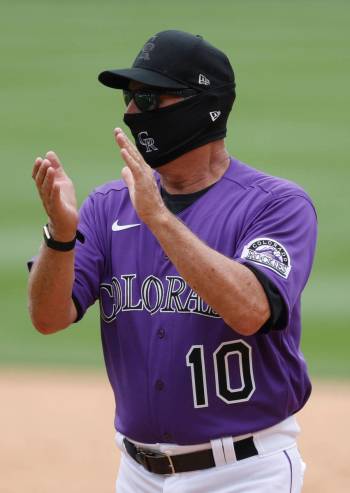
Hockey will also head to its own forms of a bubble — reportedly in hub cites of Toronto and Edmonton — with 26 players having tested positive in Phase 2 of its return plan.
NASCAR on Friday reported a positive test for seven-time Cup Series champion Jimmie Johnson.
As for college football and all its positive COVID cases, well, how does a spring season sound?
As the country’s most powerful and influential league, the NFL continues to watch others and determine its protocols in hopes of opening training camps later this month. They will potentially do so with the knowledge that players from at least nine teams already have tested positive.
New normal
The reality is that the percentages of positive results in sports — some athletes have just chosen not to return at this point — are small when compared to the number of those infected across the nation.
One who won’t report to her sport’s bubble is Aces star center Liz Cambage.
None of the above changes this: In terms of all sports, at least for the foreseeable future, you are staring at a new normal.
It will mean, in most cases, no fans present to start and a reduced number as time passes. For the time being, a virtual world will continue being how teams and fans connect.
None of that will help sports like Major League Baseball and college football, with each experiencing smaller crowds even before the pandemic hit.
Masks. Hand sanitizer. Six feet of distance in all lines, coming and going. Touchless vending and concessions. Cashless arenas. Bathroom faucets where the water automatically runs for 20 seconds as a reminder for how long to wash one’s hands.
Behavior patterns of fans will be nothing like before when they are again allowed to attend games.
Can you imagine telling Raiders fans that their famed tailgates will now be held virtually? Gorilla Rilla just won’t have the same impact via a Smartphone.

In the end, things will just be different, much like when fans first walked though metal detectors or stood straight to be wanded or patted down and asked to put all personal belongings in clear bags.
The experience might have changed forever, but fans still hunger for the games to return. It’s just that minus the hugs, the high-fives, the kiss-cams, etc., the human connection may never be the same.
Said Fauci to reporters: “To be 100 percent sure, you’ve got to test (athletes) every day. But that’s not practical and that’s never going to happen. … I do not make any determinations about what sport can or should be played. What I do is I answer questions based on scientific evidence and public health judgment. I don’t tell anybody whether they should or could or might not play a season.”
Oh, they’re playing. Or at least giving it the ol’ college try. Well, maybe not colleges.
But as to how sports will look and how soon fans might enjoy them in person, much remains unknown. In a COVID-19 existence, things are about to evolve in a manner nobody can predict.
Could be worse.
Could be one of those 18 chariot racers from ancient Greece.
Ed Graney is a Sigma Delta Chi Award winner for sports column writing and can be reached at egraney@reviewjournal.com or 702-383-4618. He can be heard on “The Press Box,” ESPN Radio 100.9 FM and 1100 AM, from 7 a.m. to 10 a.m. Monday through Friday. Follow @edgraney on Twitter.



